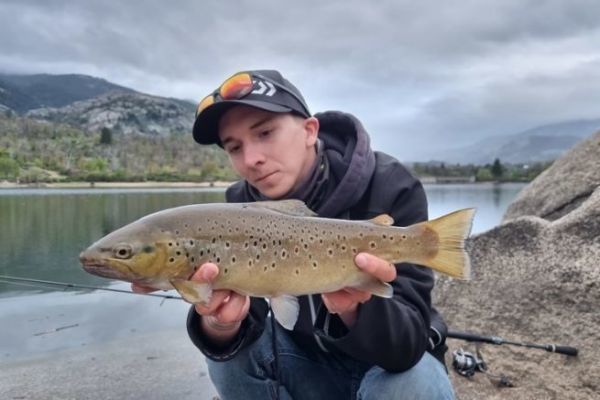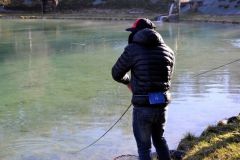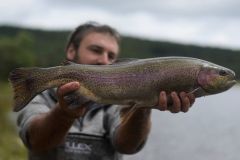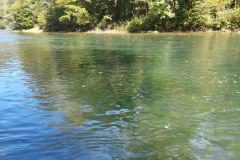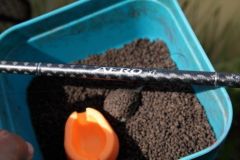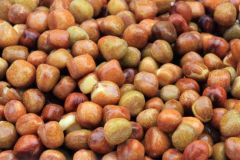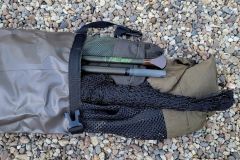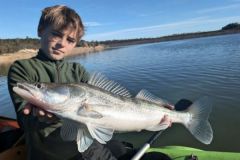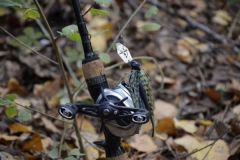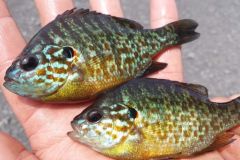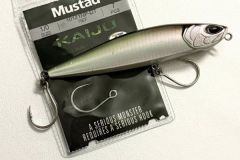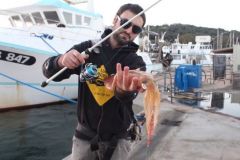Biotopes to fish with casting jig
The different types of casting jigs are designed to cut through the air easily to reach distant areas. It is therefore predestined to be used more in lakes than in rivers, although some large rivers are also suitable. Dams and mountain lakes, where trout populations are found, are often difficult to fish with conventional lures. Most anglers use ripples, with the same purpose as a casting jig, to cast far and fish deep.
Lakes with trout populations are usually very deep in the center, but can be very shallow on the edges, especially when they are high. The casting jig allows us to both reach the far breaks, as well as easily keep the lure close to the bottom where the trout are located.
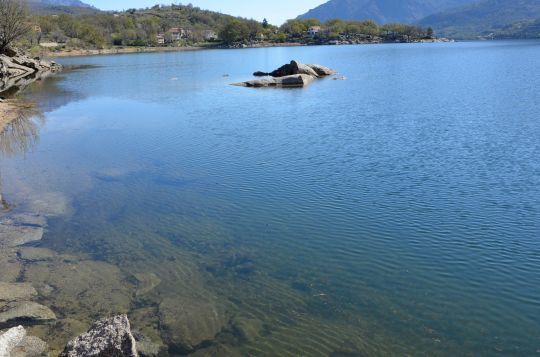
A very efficient prospecting
The casting jig, mounted with 1 or 2 single hooks, does not cling very well to the bottom. It tends to rise quickly to the surface when we accelerate our retrieve. The casting jig can be used to fish rocky, sandy or simply congested areas. With a suitable rod and a fine braid, you will be able to cast your jig to more than 60 meters without any problems, even up to 80 meters if you have the wind at your back, a long rod and a good casting technique.
These casting distances allow you to explore areas where fish feel safe when fishing pressure is high. You can also fish all layers of water by varying the time the jig sinks after casting. If the bottom is uneven, you can let the jig sink to the bottom halfway to stay in the water layer of choice for fish.
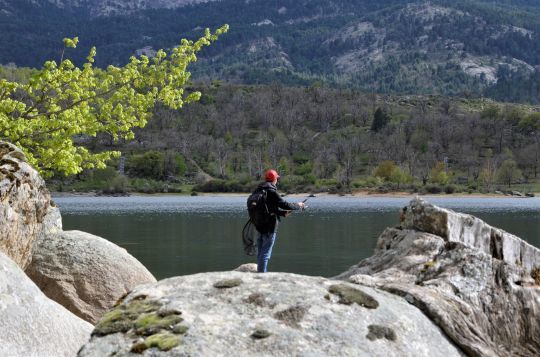
Animations for trout
When it lives in water, the trout feeds mainly on other fish such as minnows or on its congeners for the biggest specimens. Contrary to what one could do in sea, to animate a jig in fresh water requires more subtlety.
Trout respond particularly well to the lineal, when the jig swims in a manner similar to a ripple. Interrupted by pauses, to let the jig hover for a few seconds before resuming casting, the linear triggers many aggressive or territorial strikes. It is also possible to add very light taps to make the jig go out of alignment and imitate a wounded fish. I highly recommend the use of two tail assists which give the jig more freedom to swim and greatly reduce the chance of damaging the fish.

 /
/ 